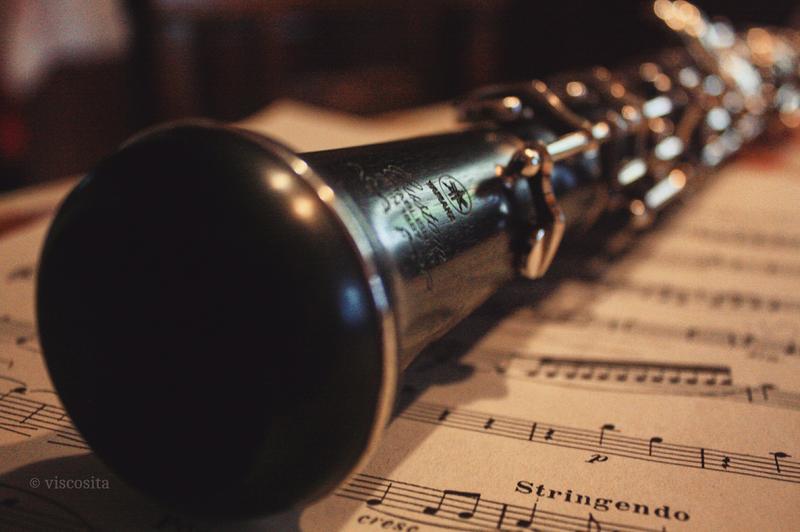Part of
How To Classical.
Why does the oboe tune the orchestra? Why does the orchestra sit the way it does? What does rosin actually do to a violin bow? If you find the traditions of the classical world to be a bit confusing sometimes, then this is the place for you.


